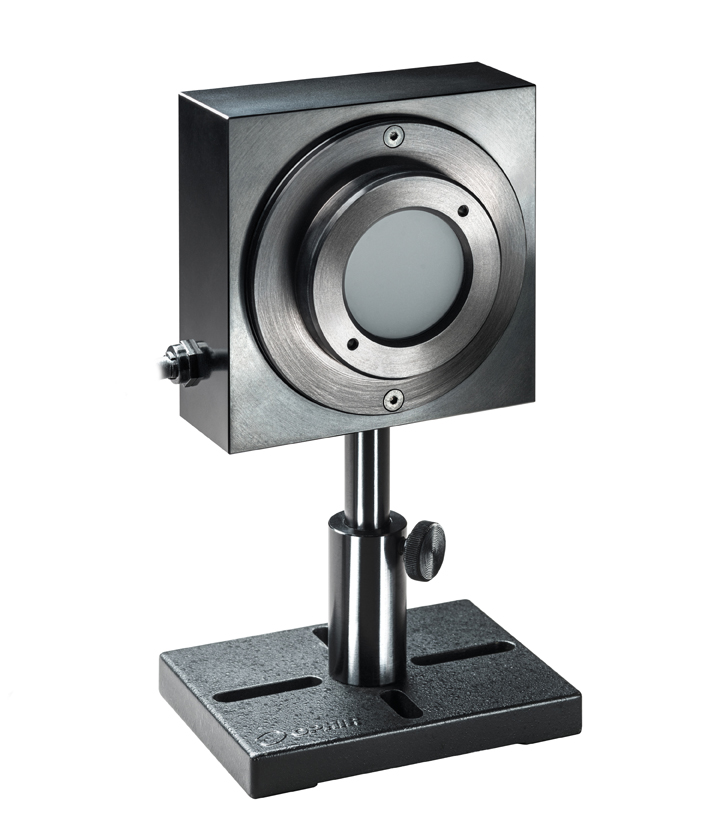

Compact Ophir® Power/Energy Sensor with Very High Damage Threshold Measures High Power, Narrow Lasers in Industrial Applications
MKS Instruments, Inc. (NASDAQ: MKSI) has announced the Ophir® L40(500)A-LP2-DIF-35, a compact, high damage threshold laser power/energy sensor capable of measuring up to 4kW without the need for water cooling. The L40(500)A-LP2-DIF-35 can measure CW lasers up to 500W and pulsed lasers up to 2kJ. The compact design makes it easy to place between optical components when troubleshooting a beam path. The sensor can handle large, unfocused beams of 35mm diameter, as well as narrow, high density beams down to 1mm @ 1kW.
"The L40(500)A-LP2-DIF-35 is designed for applications where space constraints require a small sensor or the use of water cooling is prohibited, such as Lithium areas of battery production, additive systems with powder in the work chamber, or field service where engineers need to travel light" said Reuven Silverman, General Manager for the Ophir brand. "The combination of our LP2 coating and a diffuser provides the highest damage threshold in the industry, over 150kW/cm2 at 500W."
The L40(500)A-LP2-DIF-35, like all Ophir sensors, features a “Smart Connector” interface that operates with the company’s Centauri, StarBright, Vega, Nova II, and StarLite smart displays, Juno and Juno+ compact USB PC interface and EA-1 Ethernet adapter. Users can choose between a variety of data display formats, including Digital with Bargraph, Line Plot, Pulse Chart, and Real Time Statistics. The displays also feature sophisticated logging of power and energy, statistics, histograms, and more, as well as advanced math functions. The display is automatically configured and calibrated when plugged into one of the company’s laser measurement heads.
Availability
The Ophir L40(500)A-LP2-DIF-35 laser power / energy sensor is available now.
- DATA SHEET: http://ow.ly/8IS750zmZJ5
- LP2 VIDEO: http://ow.ly/eu0c30cK8GE